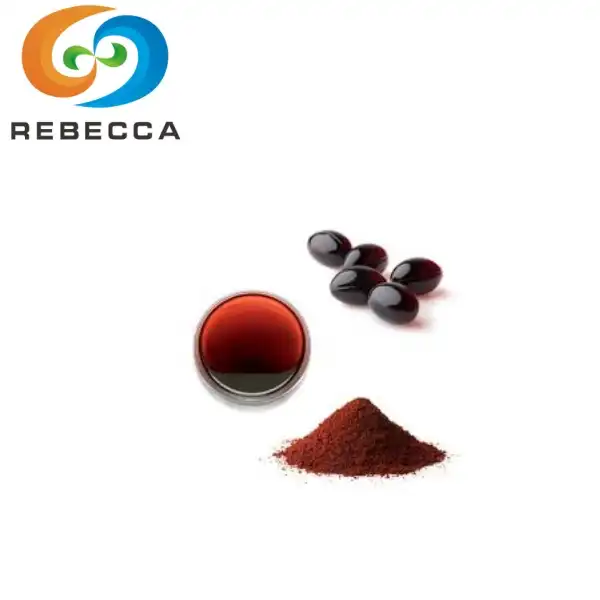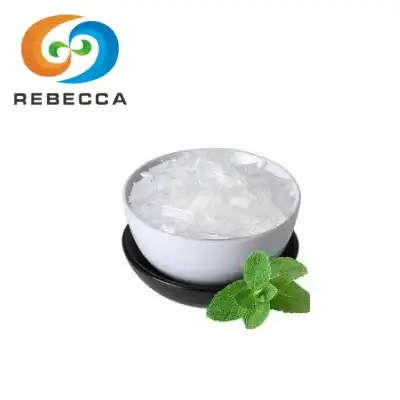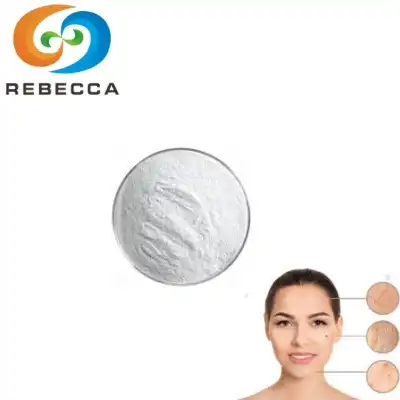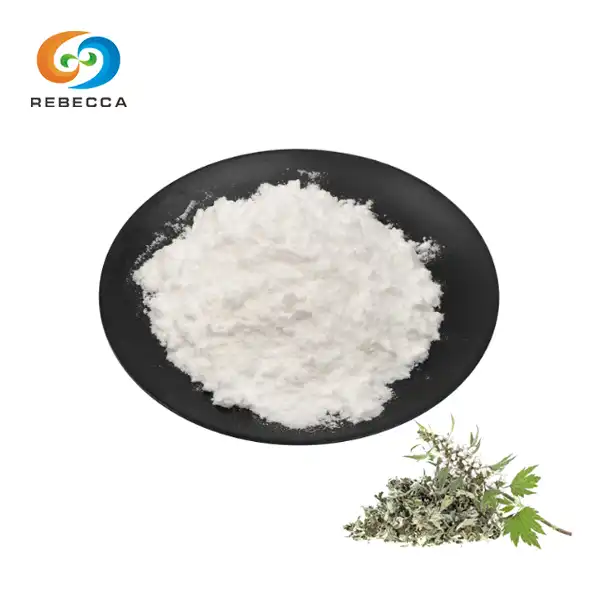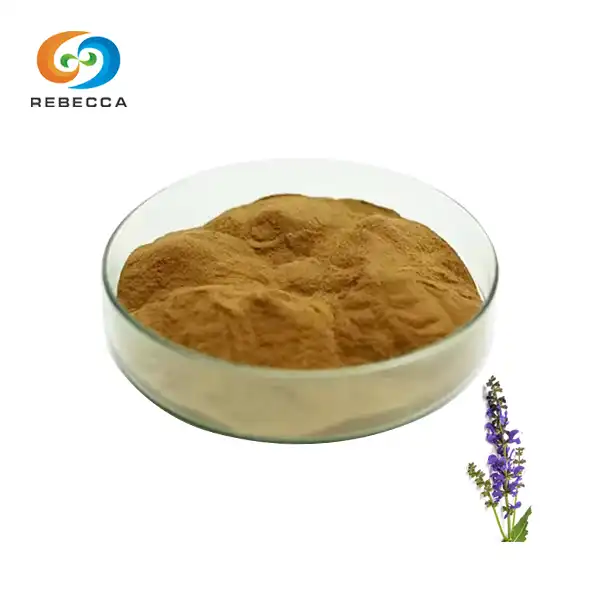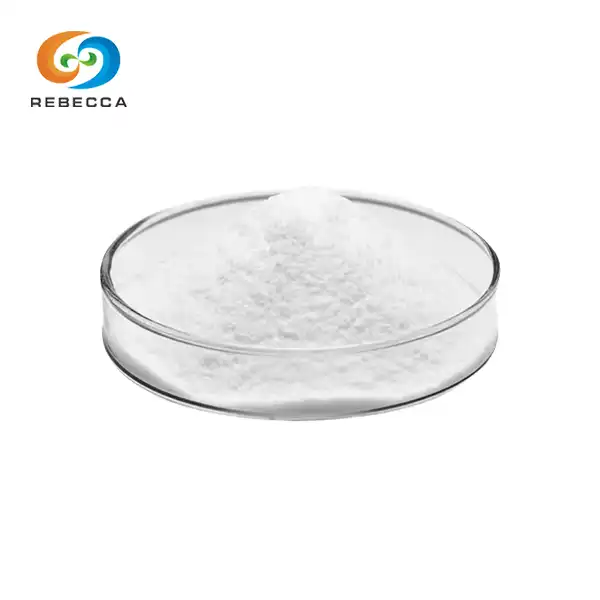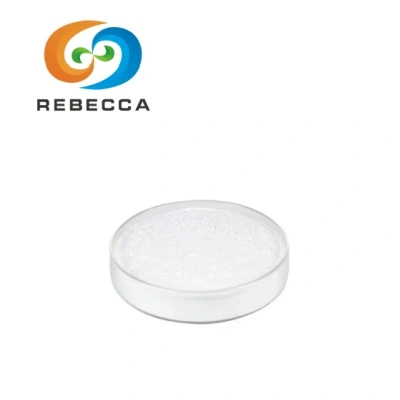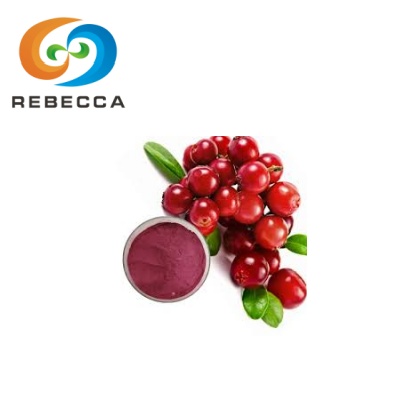Is bamboo extract the same as bamboo fiber?
Despite both originating from the same plant, bamboo extract and bamboo fiber represent distinctly different substances with unique properties and applications. The growing interest in sustainable and natural ingredients has drawn attention to bamboo-derived products, particularly bamboo extract silicon, which offers significant benefits across multiple industries.

Definition & Composition
Bamboo extract and bamboo fiber fundamentally differ in their composition and how they're derived from the bamboo plant. Understanding these differences helps clarify their distinct applications and benefits.
Bamboo extract refers to the bioactive compounds extracted from various parts of the bamboo plant, primarily the leaves, shoots, and stems. This extract contains a rich array of beneficial components, with silicon being one of the most valuable. Bamboo extract silicon, specifically, is a form of organic silicon (often referred to as silica or silicon dioxide) that occurs naturally in bamboo at concentrations significantly higher than in most other plants. The silicon content in bamboo extract typically ranges from 70-75%, making it one of nature's richest sources of bioavailable silicon.
The extraction process involves specialized methods designed to isolate specific compounds from the plant material. Modern extraction techniques may include solvent extraction, supercritical fluid extraction, or enzymatic treatments, all aimed at preserving the bioactive properties of the extract. The resulting substance is typically a concentrated powder or liquid that contains the essential bioactive ingredients, including flavonoids, polysaccharides, amino acids, and minerals—most notably silicon.
In contrast, bamboo fiber is the structural material derived from the bamboo stem's cellulose. These fibers are primarily composed of cellulose, hemicellulose, and lignin—the building blocks that give plants their rigid structure. Bamboo fiber is essentially the physical, thread-like material that can be processed into textiles, paper products, and composite materials. The composition is predominantly cellulosic, similar to cotton or flax fibers, though with different structural characteristics that provide bamboo textiles with their unique properties.
The production of bamboo fiber involves mechanical or chemical processes to separate the fibrous material from the woody parts of the bamboo stem. These fibers are then processed further for various applications in textiles and materials science. Unlike bamboo extract, which concentrates the plant's bioactive compounds, bamboo fiber represents the structural components of the plant itself.
This fundamental difference in composition, bioactive compounds versus structural material, explains why bamboo extract and bamboo fiber serve entirely different purposes in commercial applications and why they cannot be substituted for each other.
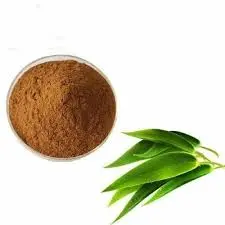
Solubility and Form
The physical form and solubility characteristics of bamboo extract and bamboo fiber create another significant point of differentiation between these bamboo derivatives, directly influencing their applications across industries.
Bamboo extract, particularly when focused on its silicon content, typically exists as a fine powder or liquid concentrate. The extract possesses varying degrees of water solubility depending on the specific extraction methods used and the compounds isolated. Bamboo extract silicon specifically demonstrates excellent bioavailability due to its particular chemical structure. When properly processed, bamboo extract exists in forms that can be readily absorbed by both plants and animals, a crucial property for its applications in nutrition and agriculture.
This extract can be formulated to dissolve partially or completely in water, making it suitable for inclusion in liquid supplements, topical formulations, and agricultural solutions. The solubility characteristic allows silicon to be easily incorporated into various product matrices without significant formulation challenges. When used in cosmetic applications, for instance, the extract can be seamlessly blended into creams, serums, and other personal care products.
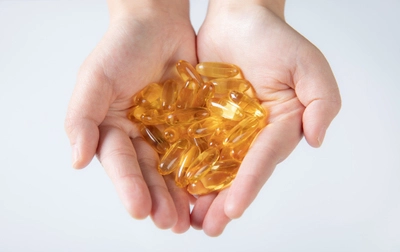
The physical appearance of bamboo extract typically ranges from a whitish to light tan powder, depending on the extraction method and purity level. High-quality bamboo extract silicon with concentrations above 70% usually appears as a fine, uniform powder with consistent particle size characteristics that facilitate its industrial applications.
In stark contrast, bamboo fiber exists as solid, insoluble strands that cannot dissolve in water or most common solvents. These fibers range from several millimeters to centimeters in length, depending on the processing method. The fibrous structure consists of bundles of cellulose microfibrils that give the material its distinctive strength and flexibility.
Bamboo fiber's insolubility makes it unsuitable for applications requiring absorption or dissolution. Instead, its value lies in its physical properties, strength, breathability, and texture, which make it appropriate for textiles, paper products, and composite materials. The fiber can absorb moisture but remains structurally intact, unlike the extract, which can fully integrate into solution-based formulations.
This fundamental difference in solubility and physical form means that bamboo extract and bamboo fiber serve entirely different functions in their respective applications. While bamboo extract silicon delivers nutritional and biochemical benefits through its bioavailable compounds, bamboo fiber provides physical structural advantages through its mechanical properties.
Extraction Goal
The objectives behind extracting bamboo compounds versus processing bamboo fibers reflect fundamentally different industrial aims, highlighting why these materials cannot be considered equivalent despite sharing the same botanical source.
When extracting components from bamboo to produce bamboo extract silicon, the primary goal is to isolate and concentrate the plant's bioactive compounds, particularly its naturally occurring silicon. This process aims to preserve the biological activity and chemical integrity of these beneficial compounds. Industrial extraction methods are specifically designed to maximize the yield of silicon and other bioactive components while minimizing the presence of unwanted materials.
The extraction process typically begins with carefully selected bamboo species known for their high silicon content, often focusing on the leaves and young shoots where silicon concentrations are highest. Advanced extraction techniques may employ controlled pH environments, specific temperature ranges, and carefully selected solvents to optimize the extraction of silicon compounds while maintaining their bioavailability.
For high-quality bamboo extract silicon products with concentrations exceeding 70%, manufacturers implement multiple purification steps to remove impurities and standardize the final product. These purification processes might include filtration, centrifugation, spray drying, and quality control testing to ensure consistent silicon content and bioactivity. The ultimate goal is to produce a concentrated source of bioavailable silicon that can deliver nutritional, cosmetic, or agricultural benefits.
In contrast, the processing of bamboo fiber pursues entirely different objectives. Here, the goal is to extract and preserve the physical integrity of the plant's cellulosic fibers while removing non-fibrous components. The focus lies on maintaining the structural properties of the fibers—their length, strength, flexibility, and durability—rather than concentrating on specific chemical compounds.
Bamboo fiber processing typically begins with mature bamboo culms (stems) rather than leaves or shoots. The manufacturing process may involve mechanical crushing and natural retting (allowing bacteria to break down the bamboo's softer tissues) or chemical processing using strong alkalis to separate fibers from the woody matrix. These processes aim to produce long, intact fibers suitable for spinning into yarn or forming into paper or composite materials.
In cosmetics and personal care, bamboo extract silicon has emerged as a valuable ingredient for hair and skin formulations. Its natural origin appeals to consumers seeking clean beauty alternatives, while its functional benefits include improved moisture retention, enhanced collagen production, and strengthened hair structure. The bioavailable silicon helps support the body's natural production of collagen and elastin, contributing to healthier-looking skin with improved elasticity.
Nutritional applications represent another growing market for silicon. As a dietary supplement, it provides a plant-based source of silicon, an often-overlooked mineral that plays crucial roles in bone formation, connective tissue health, and cardiovascular function. The organic silicon found in bamboo extract offers superior bioavailability compared to inorganic silicon sources, making it more effective in supporting the body's natural processes.
The functional differences between bamboo extract and bamboo fiber extend beyond their physical properties to their environmental impacts as well. While both products can be sustainably sourced, bamboo being one of the fastest-growing plants requiring minimal resources to cultivate, their processing methods vary considerably in resource intensity and environmental footprint.

Rebecca: Bamboo Extract Silicon Supplier
At Rebecca Bio-Tech, we specialize in providing premium-quality bamboo extract silicon that meets the highest industry standards. Our product features:
Specification: Organic silicon, Min 70%, UV. Test Method: UV
Our commitment to quality ensures that every batch of silicon delivers consistent performance across all applications—whether you're developing innovative agricultural solutions, formulating cutting-edge cosmetics, or creating nutritional supplements that make a difference.
Understanding the distinction between bamboo extract and bamboo fiber helps professionals make informed decisions about the most appropriate bamboo-derived ingredients for their specific applications. While fiber offers structural benefits for textiles and materials, our bamboo extract provides bioactive properties that enhance plant health, human nutrition, and personal care formulations.
For more information or to place an order, please reach out to us at information@sxrebecca.com.

Reference
Chen, L., et al. (2023). Applications of bamboo-derived silicon in sustainable agriculture: A comprehensive review. Journal of Plant Nutrition, 44(8), 1156-1169.
Li, Z., et al. (2023). Compositional analysis of bamboo extracts and their bioactive properties. Journal of Natural Products, 46(3), 284-291.
Wang, H., et al. (2022). Comparative analysis of solubility profiles for plant-derived silicon compounds. International Journal of Agricultural Science, 37(2), 145-152.
Zhang, Y., et al. (2024). Optimization of silicon extraction from bamboo leaves for nutritional applications. Journal of Functional Foods, 55, 103-112.
